I’m not sure if it was because it was just the half day tour or if was because a few of the other participants on the tour became lost from time to time, but the amount of time we were given to explore the Acropolis and Parthenon (ΠαÏθενών) was miniscule compared to the enormity of the site itself.
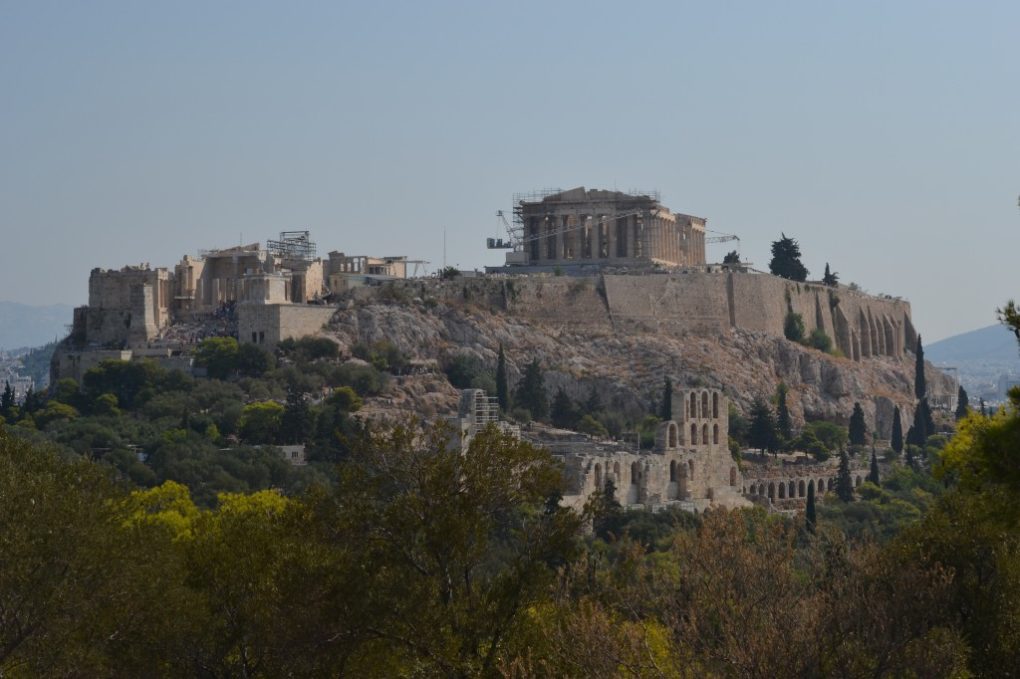
It’s a good thing that I am in fairly good shape (Angila said I was her hero because I climbed to the top hill of the nymphs to visit the Monument of Philopappos one morning) because I had to hurry through the Parthenon at the top of the Athenian Acropolis (Αθηναϊκή ΑκÏόπολη ). The Acropolis itself is essentially a flat topped rock. It’s topmost surface is just shy of 500 feet above sea level and is surrounded on all sides by the vast city of Athens.
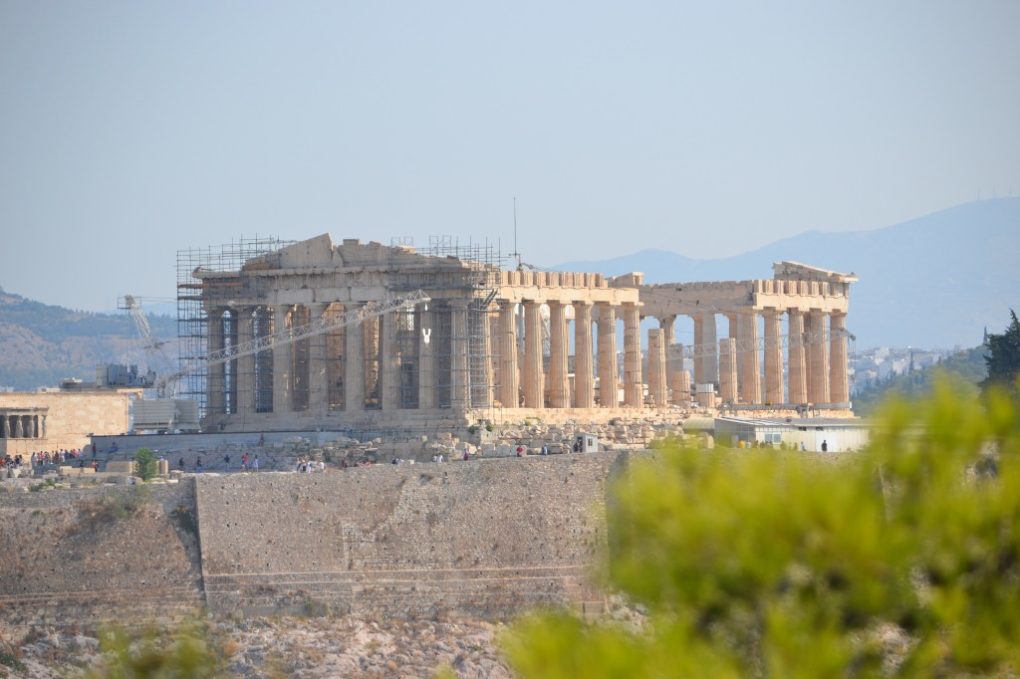
The tour guide explained that the Acropolis has also been called the Citadel of Athens in addition to The Acropolis of Athens. I have also been to the Acropolis of Edinburgh, Scotland on which Edinburgh Castle sits majestically.
Of particular significance is that the Acropolis of Athens is often known as simply The Acropolis without any other identification. In fact, until this trip to Athens I was really not aware that acropolis merely means a high fortified point. But if you look in the dictionary under acropolis there are many references to the Athenian Acropolis.
While a little crowded on the first of September I did manage to get around the top of the Acropolis and was able to photograph the Parthenon and other ruins atop the Athenian Acropolis.
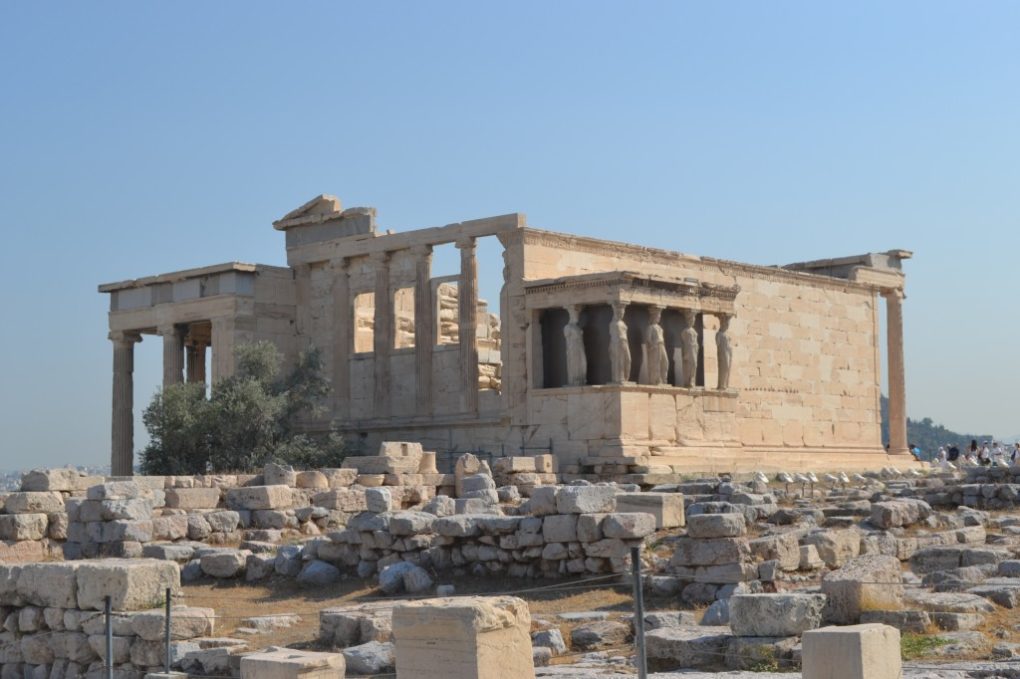
While I hurried through the actual site in order to get all the photographs I wanted and still be back on the bus in time (and not become one of the hopelessly lost) I would be doing a disservice to this incredible site if I were to hurry through it in this blog. Therefore it’s going to take a few days just to explore this one incredible site.
And on my morning jaunt to Philopappas I was afforded some much better views of the approach to the top of the Athenian Acropolis and subsequent site of the Parthenon. Additionally I learned so much more when I went to the The Acropolis Museum which is a specialized museum in that every artifact within the walls of this modern museum was found either on the acropolis itself or at the foot of the rock.
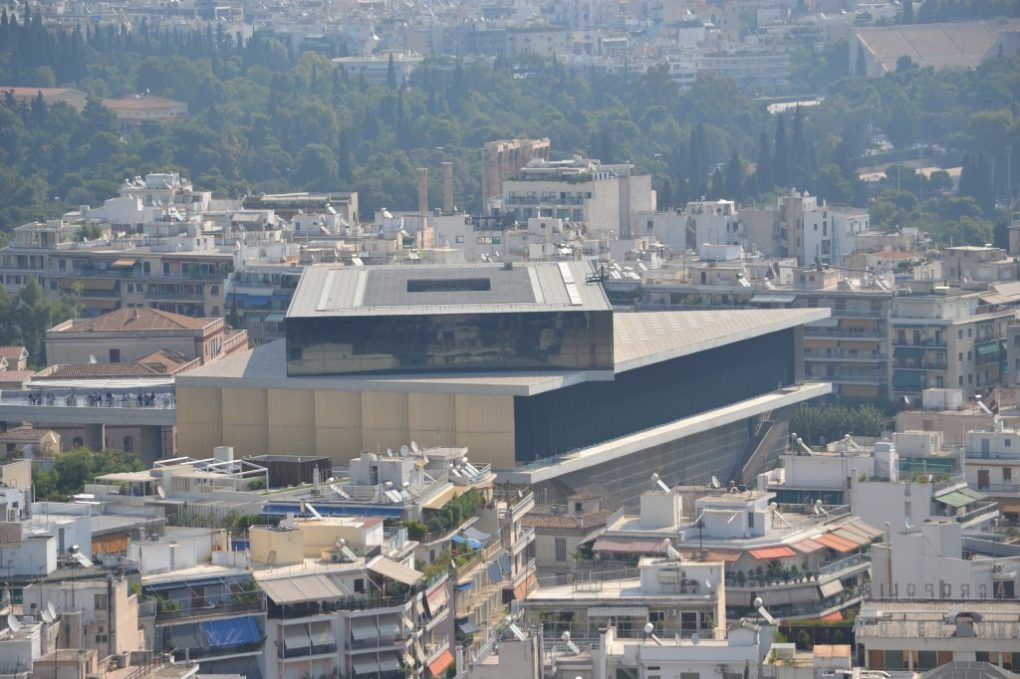
Evidently the museum sits atop an archeological site from Roman times. As one enters this museum there are glass panels in the floor that allow visitors to see not only the ancient excavations but also excavations which are currently being explored and documented.

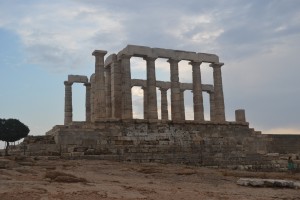

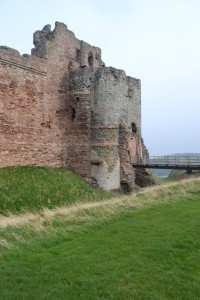
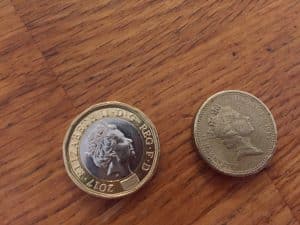
Alexander Katopis
Jim,
Well written description of your tour of the Acropolis. The pictures you took were simply amazing, I especially liked the picture of the Parthenon!
Stevie Smith
One of the best place I’ve ever visited! Thank you for posting it. It led me on mesmerizing the times when my wife and I visited there. 🙂